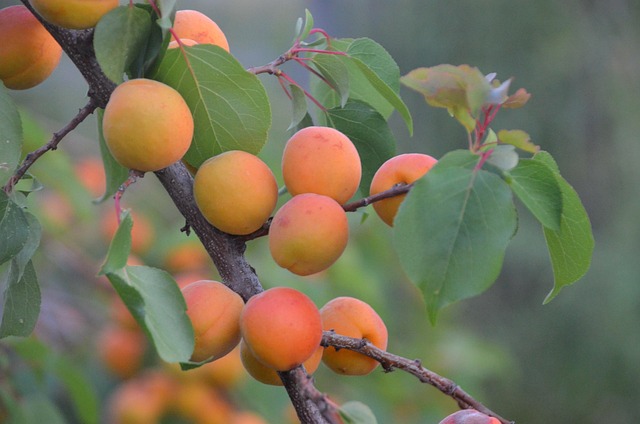The urgent need to address climate change and its effects on our environment has never been clearer. As individual consumers and global citizens, we all feel the repercussions of a changing climate—extreme weather, loss of biodiversity, and shifting agricultural patterns. Yet, one promising solution lies in the hands of farmers: regenerative agriculture. This approach not only nurtures the land but also holds the potential to mitigate emissions and create a sustainable future.
Regenerative agriculture is rooted in practices that restore and enhance the health of ecosystems. At its core, it emphasizes biodiversity, soil health, water conservation, and carbon sequestration. By mimicking natural processes, regenerative farming not only safeguards the environment but also ensures the resilience of the agricultural landscape in the face of climate change.
One of the most striking benefits of regenerative agriculture is its ability to sequester carbon. Through practices such as cover cropping, crop rotation, and reduced tillage, farmers can significantly increase soil organic matter and foster carbon uptake. This is particularly crucial given that agriculture is responsible for a considerable share of global greenhouse gas emissions. By transforming our agricultural practices, we can shift from being part of the problem to being a vital part of the solution.
Moreover, regenerative agriculture enhances biodiversity by creating habitats for various species. Traditional farming techniques often result in monocultures, which can diminish biodiversity and disrupt ecosystems. In contrast, regenerative practices encourage a variety of crops and promote beneficial insects and soil organisms, thus fostering a vibrant ecosystem that is more resilient to pests and diseases.
Water management is another critical component of regenerative agriculture. Techniques such as agroforestry and holistic grazing not only improve the quality of water but also enhance its retention in the landscape. As precipitation patterns change and droughts become more frequent, these practices can help communities adapt to shifting conditions while maintaining agricultural productivity.
Transitioning to regenerative agriculture doesn’t just benefit the environment; it also enhances farm profitability. By reducing reliance on synthetic inputs and focusing on natural systems, farmers can lower their production costs while building healthier soils. Healthier soils lead to better crop yields, which ultimately contribute to food security—a crucial aspect of our societal well-being.
For consumers, supporting regenerative agriculture means making conscious choices. Whether buying directly from farmers markets or choosing products from brands committed to sustainable practices, every purchase is a vote for a healthier planet. Educating ourselves about the origins of our food and the methods used in its production empowers us to advocate for more sustainable practices across the agricultural spectrum.
In the fight against climate change, regenerative agriculture emerges as a beacon of hope, offering a viable path toward emission reduction and environmental sustainability. By embracing this holistic approach, we can foster a healthier planet for future generations, ensuring that our agricultural systems not only thrive but also contribute positively to the world around us.



